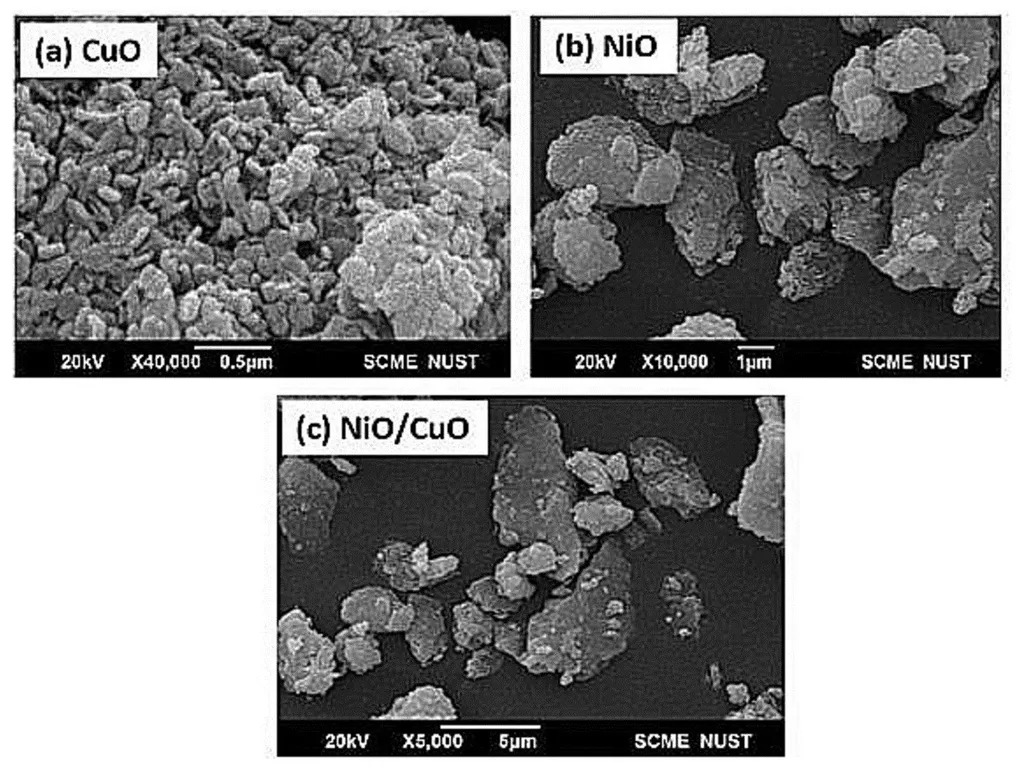In the heart of Pakistan’s Khyber Pakhtunkhwa region, researchers at Abdul Wali Khan University Mardan are making waves in the world of nanomaterials, with implications that could ripple through the energy and optoelectronics sectors. Dr. Naveed Akhtar, leading a team of scientists, has been exploring the vast potential of copper oxide (CuO) nanoparticles, and their findings, published in the journal *Nano Select* (which translates to *Nano Choice*), could pave the way for more efficient and sustainable technologies.
The team’s research delves into the intricate dance of synthesis parameters—temperature, precursor concentration, and reaction time—and their impact on the structural, optical, and catalytic properties of CuO nanoparticles. By fine-tuning these conditions, the researchers have unlocked a treasure trove of possibilities for these versatile nanomaterials.
“Imagine being able to tailor the properties of a material to suit specific applications,” says Dr. Akhtar. “That’s the power we’re harnessing with CuO nanoparticles. We’re not just making a discovery; we’re opening a door to a new world of technological advancements.”
The implications for the energy sector are particularly compelling. CuO nanoparticles, with their enhanced optical properties and catalytic activity, could revolutionize energy conversion and storage technologies. Picture solar cells that are more efficient, or catalytic converters that are more effective at reducing emissions. The potential is vast, and the team’s findings bring us one step closer to realizing it.
But the story doesn’t end there. The researchers have also demonstrated that these nanoparticles can be used to degrade organic pollutants, a finding that could have significant implications for environmental remediation. “We’re not just thinking about the future; we’re also looking at how we can address the challenges of today,” Dr. Akhtar explains.
The team’s work is a testament to the power of fundamental research. By understanding and controlling the synthesis parameters, they have unlocked a world of possibilities for CuO nanoparticles. Their findings, published in *Nano Select*, provide a roadmap for the targeted design of these nanomaterials, contributing to the development of efficient and sustainable technologies for the future.
As we stand on the brink of a new era in materials science, one thing is clear: the work of Dr. Akhtar and his team is not just shaping the future; it’s redefining it. And in the process, they’re reminding us that the heart of innovation often beats in the most unexpected of places.

